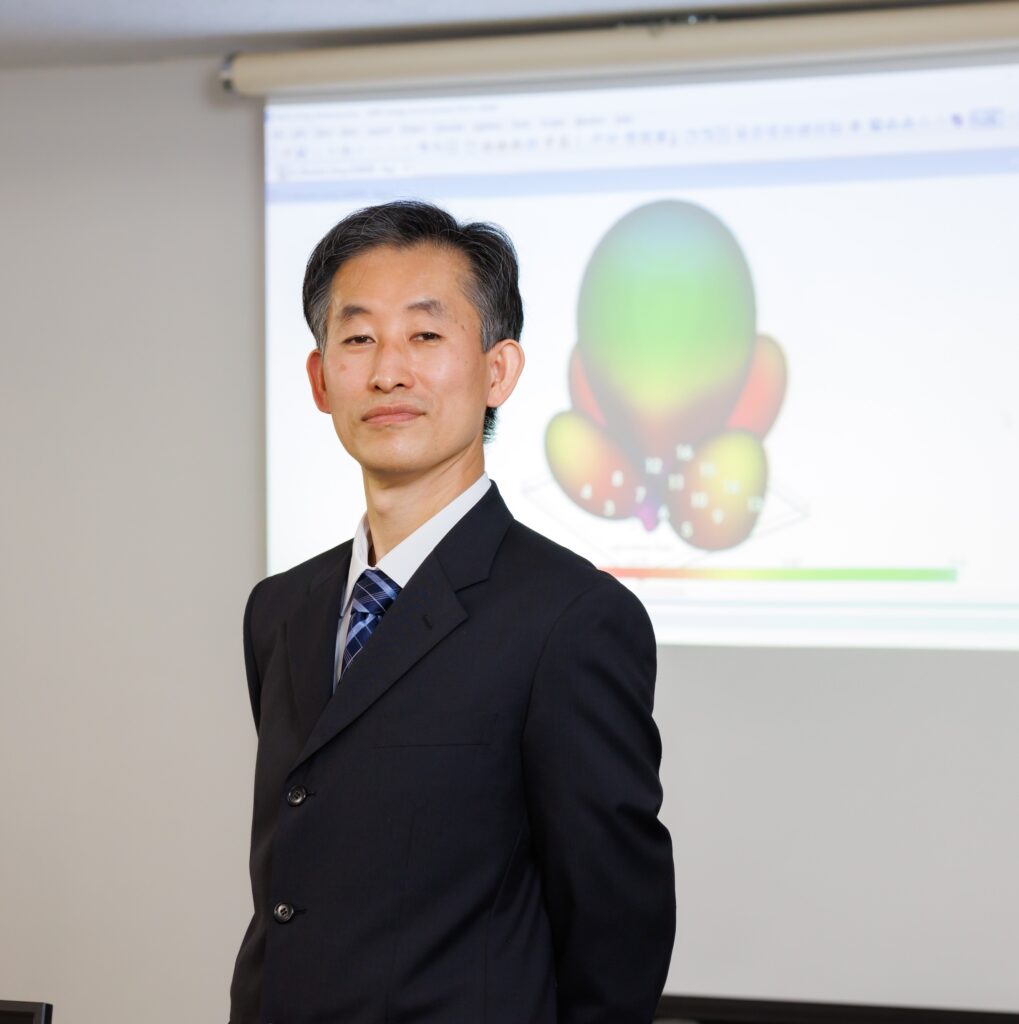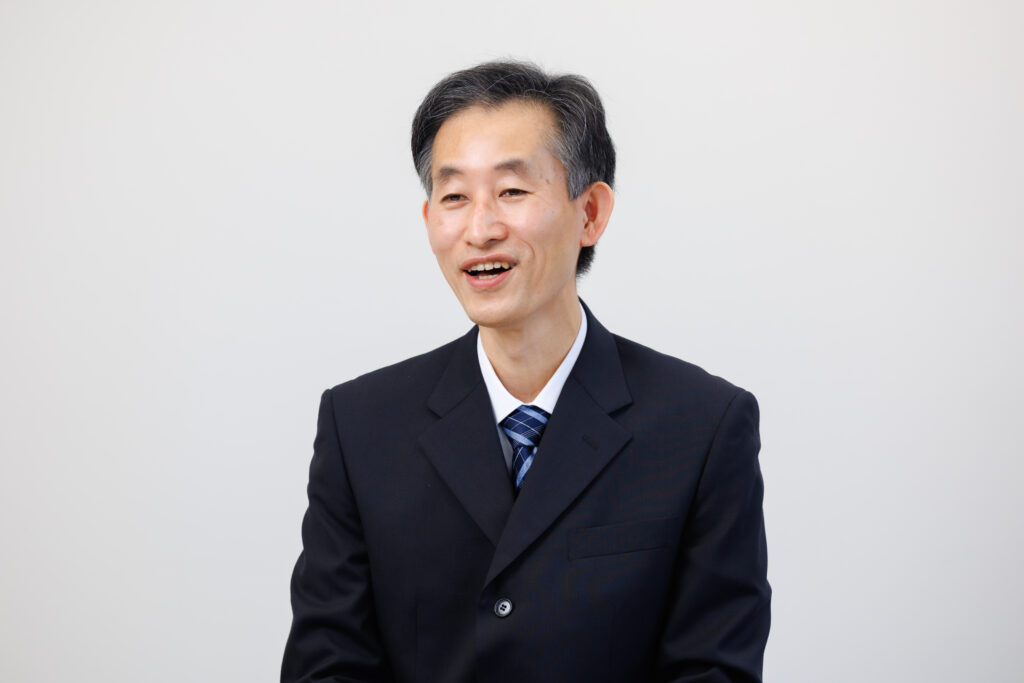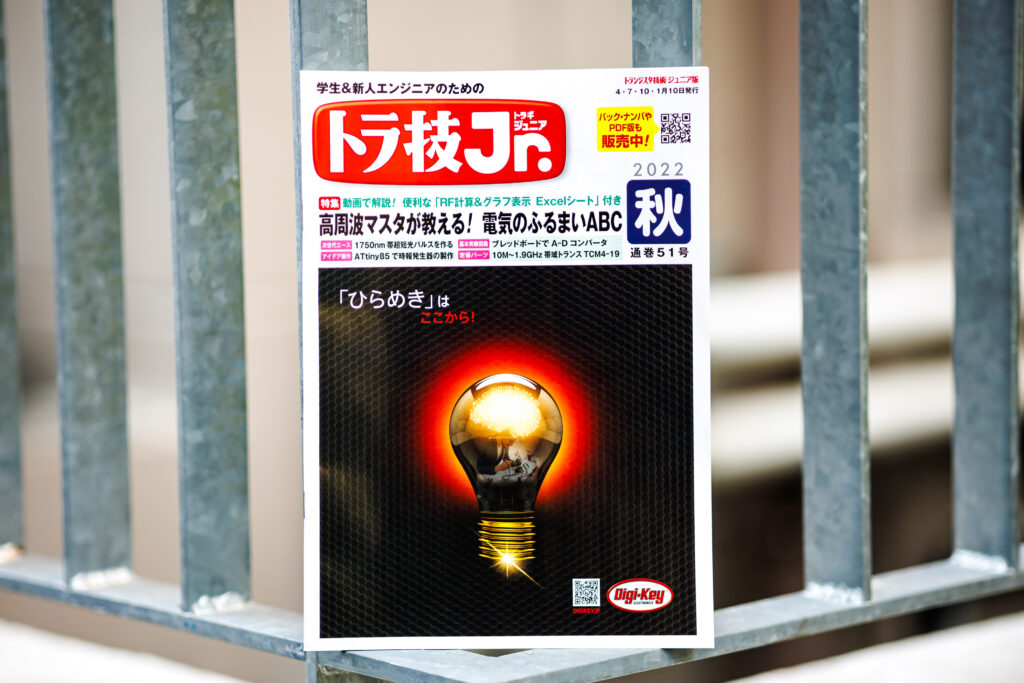
Professor Hitoshi Hayashi of the Faculty of Science and Technology conducts research into the wireless sensor networks used in the Internet of Things (IoT). Here, he discusses his passion for designing microwave circuits and electronic circuits, which are indispensable for the input and output of information into and from IoT devices.
IoT stands for “Internet of Things,” and refers to those technologies used to connect objects to the internet: objects equipped with wireless communications, cameras, and other sensors are connected to the internet, information is exchanged, and this enables remote objects to be understood or controlled.
One of the most familiar IoT devices is the “smart meter.” This automatically measures the electricity consumption of a house or office, and uses communications functions to send this data to electric power company servers; it has eliminated the need to manually inspect electricity meters. Other examples of IoT devices include smart appliances such as TVs or air conditioners that can be controlled via smartphones while away from home. My research centers around the wireless sensor networks used for IoT; in particular, I am focused on miniaturizing the microwave circuits that are fitted to IoT terminals, and reducing the power they consume.
Miniaturizing metaverse headsets

Circuits are made by combining different parts, such as power sources, circuit elements, and wires. The microwave circuits used in IoT terminals have a range of important roles: they process various data received from sensors in the form of radio signals, they perform calculations, and they transmit data. If we can make these microwave circuits smaller, then we can make the IoT terminal devices themselves smaller as well.
For example, headsets used for the metaverse—a virtual space that provides life-like experiences over the internet—are large and heavy. If we can make the microwave circuits used in these headsets ultra-compact, then it may be possible to create headsets the size of a pair of glasses. Moreover, if we can reduce the electricity that flows through these circuits, then it becomes possible to create devices that, when charged, are capable of prolonged use outside the home.
There are two types of electronic circuits: digital circuits process digital signals, while analog circuits process analog signals. AI and computers mainly use digital circuits; however, the flow of electricity detected by smart meters or the natural-world information such as temperature is analog. As such, analog information is extracted from sensors using analog circuits, and then converted into digital information. I am also working to improve the technologies used in this analog-digital conversion.
As part of my research, I use computer simulations to combine various circuit elements and create blueprints. These elements include coils, which generate resistance and magnetic force to adjust the size of the current; capacitors, which store and release electricity; as well as transistors, ICs, and diodes. If a prototype circuit I have designed achieves a certain level of success, I submit articles to international conferences hosted by the Institute of Electrical and Electronics Engineers (IEEE), or Japanese academic journals in the field of electricity, electronics, and information.
Different combinations of elements lead to entirely different circuits
In circuit design, it sometimes happens that a combination of elements will result in more than the sum of its parts, and generate some form of added value. For example, one of the students in my lab took a miniaturized microwave circuit I hold a patent on, and used it to devise a high-performance microwave circuit—he received high praise at an academic conference for his efforts. In this way, we can sometimes reap wholly unexpected rewards from the seeds of our research. This is what makes the study of circuits so interesting.
While wireless sensor networks are convenient, a single error can put them at risk of being misused for criminal activities. Going forward, I hope to help realize a safe, secure, and comfortable society, while continuing with my research.
The book I recommend
“Toragi Jr. (Elementary transistor technologies)”
CQ Publishing

In this specialized journal, professionals in the field of electricity, electronics, and information provide easy-to-understand explanations about how to design various devices, and about experimental techniques. The magazine is distributed free of charge to students and young engineers aged 25 or under, and many Japanese high schools subscribe to it. If anyone aspires to a career in this field, I strongly recommend reading this magazine from an early age.
-
Hitoshi Hayashi
- Professor
Department of Information and Communication Sciences
Faculty of Science and Technology
- Professor
-
Graduated from the Department of Electrical and Electronic Engineering, Faculty of Engineering, The University of Tokyo, and received his Ph.D. in Engineering from the Graduate School of Engineering, The University of Tokyo. Worked at Nippon Telegraph and Telephone Corporation, and worked as an associate professor at the Sophia University Faculty of Science and Technology, before taking up his current position in 2017.
- Department of Information and Communication Sciences
Interviewed: November 2022